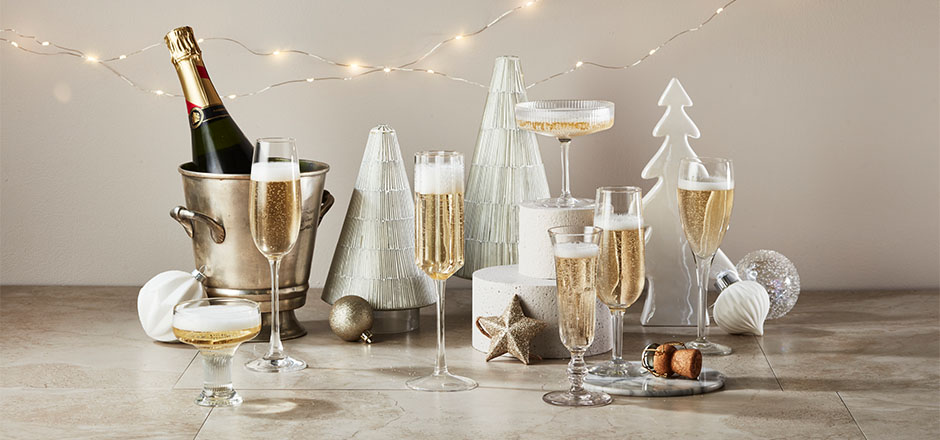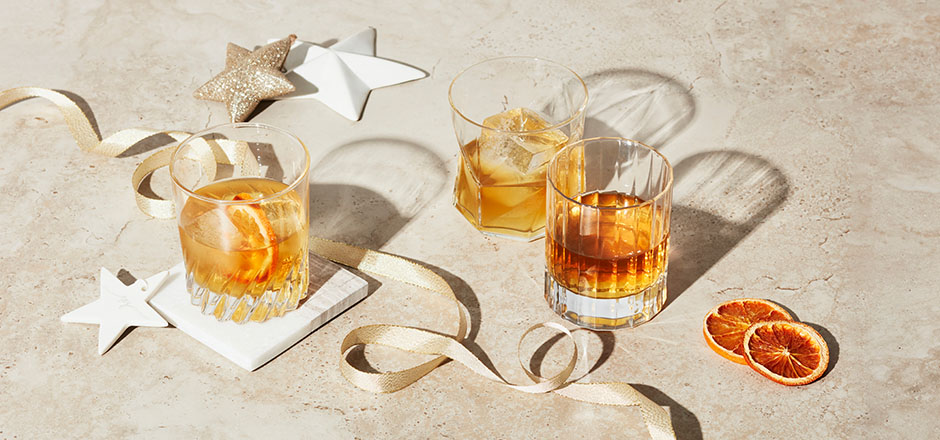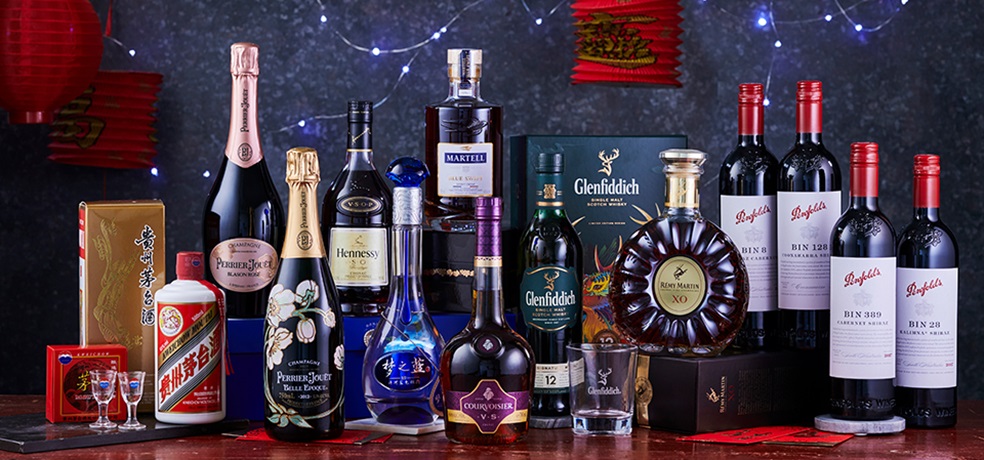- Events
9 Champagnes and sparkling wines to get you through Christmas
Read Time 5 Minutes
Posted 16 Nov 2022
By Vintage Cellars

There are no party fizzers here with this list of the best sparkling to stock up on for the festive season, from must-try local bubbles to top-quality Champagne.
The festive season is just around the corner, and there’s no better time to indulge in bubbles. If you’d really like to wow your guests, here’s what to look for.

What is the difference between Champagne and sparkling wine?
Champagne is a sparkling wine, but not all sparkling wine is Champagne. Champagne is an appellation for a particular type of sparkling wine made in a particular style according to regulations from the region of Champagne in France. Legally, no sparkling wines produced outside of the Champagne region can be called Champagne, but there are plenty more places in the world that make sparkling wine the same way. Look for ‘traditional method’ or méthode champenoise if you are looking for a complex wine made in the same style as Champagne. Italy’s prosecco is made using a different process, where the second ferment happens in tank (the second ferment is where the bubbles are formed; in Champagne, this happens in the bottle). While pet nat – short for ‘pétillant naturel’, which means ‘naturally sparkling’ in French – is a minimal intervention style made using a winemaking method that dates back centuries.

How do I serve Champagne?
For a start, make sure it’s chilled. The ideal temperature is between 8-10ºC, and when opening, make sure you twist the bottle, not the cork. Always keep your thumb over the cork, and hold it to gently “pop”, not explode!
Champagne flutes are great for a sense of occasion and to toast with, however a delicate white wine glass is ideal if you want to get a real sense of the wine’s aroma. To keep the flavours fresh and the bubbles continuous, make sure your glasses are clean with no soap or dishwasher residue. They should be stored upright, so if you haven’t used them in a while, rinse with warm water to remove any dust and give them a quick polish before serving.
The best way to pour Champagne into a glass is to stand the glass on a table and fill it halfway first, let the bubbles subside then top up the glass until three-quarters full. Using this method with a tulip-shaped glass means the aromas become concentrated at the top.
Is there a perfect time to crack a bottle of sparkling wine? Yes, any time you fancy it! However the holiday season is the perfect excuse, as who doesn’t look forward to a Christmas Champagne? Here are nine different ways to enjoy bubbles across all your festive occasions.
Best gift (cheap and cheerful)
A great wine that won’t break the bank makes a perfect gift, and it’s great to support local wines, so try Barringwood Tasmanian Cuvee Methode Traditionelle when it comes to Aussie quality sparkling. A beautiful label is an added bonus with this wine. Enjoy as an aperitif, alone, or with an elegant snack such as oysters or green olives.
Best gift (you want to make an impression)
Yes, you could give a bottle from one of the well-known Champagne houses, but there’s something special about taking a bottle of wine that tells a story, such as Frerejean Freres NV Brut Premier Cru. The Frerejean brothers are the latest generation in a line of cannon-makers, who supplied the French army during the Napoleonic Wars. A fuller mouthfeel, with great complexity, this is a special bottle to give as a gift or to simply crack open for a fine dinner as it will hold up to delicate white meats, seafood and creamy dishes.
Best for serving a crowd
When it comes to pouring en masse, you’ll need something delicious and versatile that won’t break the bank. Bird In Hand Sparkling Pinot Noir has a pretty blush tint, and a creamy texture with a juicy acid core. It’s got enough weight to stand up to a range of appetisers, no matter how varied the menu is, from cured meats to cheese and crudités.
Best for Christmas Eve
Christmas Eve is the time to let your hair down before preparations kick in on the big day. A fun and refreshing sparkling is ideal, so welcome Santa and the family with Greystone Organic Petillant Naturel. This pet nat is made with riesling, and it’s an interesting alternative to the usual chardonnay or pinot base. Apricot florals, ginger and a hint of minerality await.
Best for Christmas Day
It wouldn’t be an Aussie Christmas Day without a bottle of sparkling shiraz. Seppelt Original Sparkling Shiraz hits the spot when the temperature rises, but the day calls for something a little fuller bodied with bubbles. Great with meat and cranberry sauce, all the way through to the cheese course. It will even hold up through the dessert course with pudding or fruit mince pies – if you’ve got any left in the bottle by then!
Best for oysters and seafood feasts
One of the world’s best-loved Champagnes, Mumm Cordon Rouge NV Champagne is unmissable with its red ribbon around the bottle neck. An elegant wine with complexity and length, its gentle stone fruit characteristics, citrus notes and a subtle nuttiness are the perfect pairing for salty oysters and celebratory shellfish.
Best for a fancy Champagne breakfast
Champagne breakfasts can be tricky. You don’t want a sparkling that is too austere or with a bracing acidity, as it’s likely you’re still waking your palate up for the day. At this point, breadth and savoury bubbles are what it’s all about. You’ll need a Champagne here with some serious weight, a large percentage of reserve wine, lees work, and complexity. Champagne Jacquart Brut Mosaique NV will do the trick.

Best for making a statement (Champagne tower, anyone?)
Need to make a statement with your bubbles? Whether you plan on a champagne tower, or a swimming pool full of bubbles, you need a choice that bridges quality with pizzazz, and a tightly knit bead that will hold up to a larger air contact if using coupes for a Champagne tower. Go for Nicolas Feuillatte Reserve Exclusive Brut. Its 36 months on lees ensure you get a complex wine, which is delicious at the beginning, middle or end of the night.
- Events
- View More Posts Events












